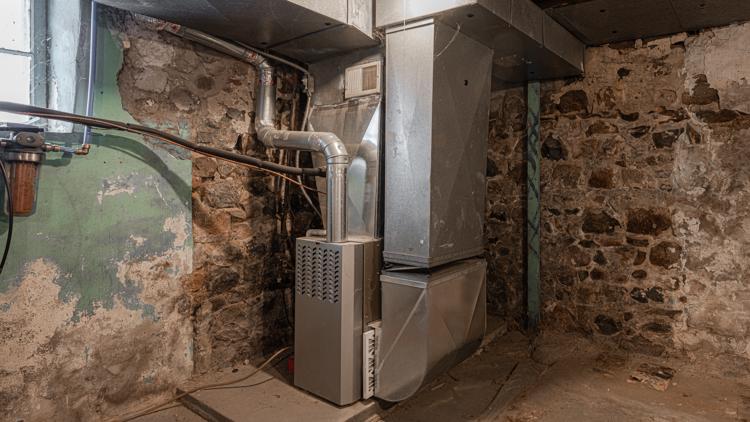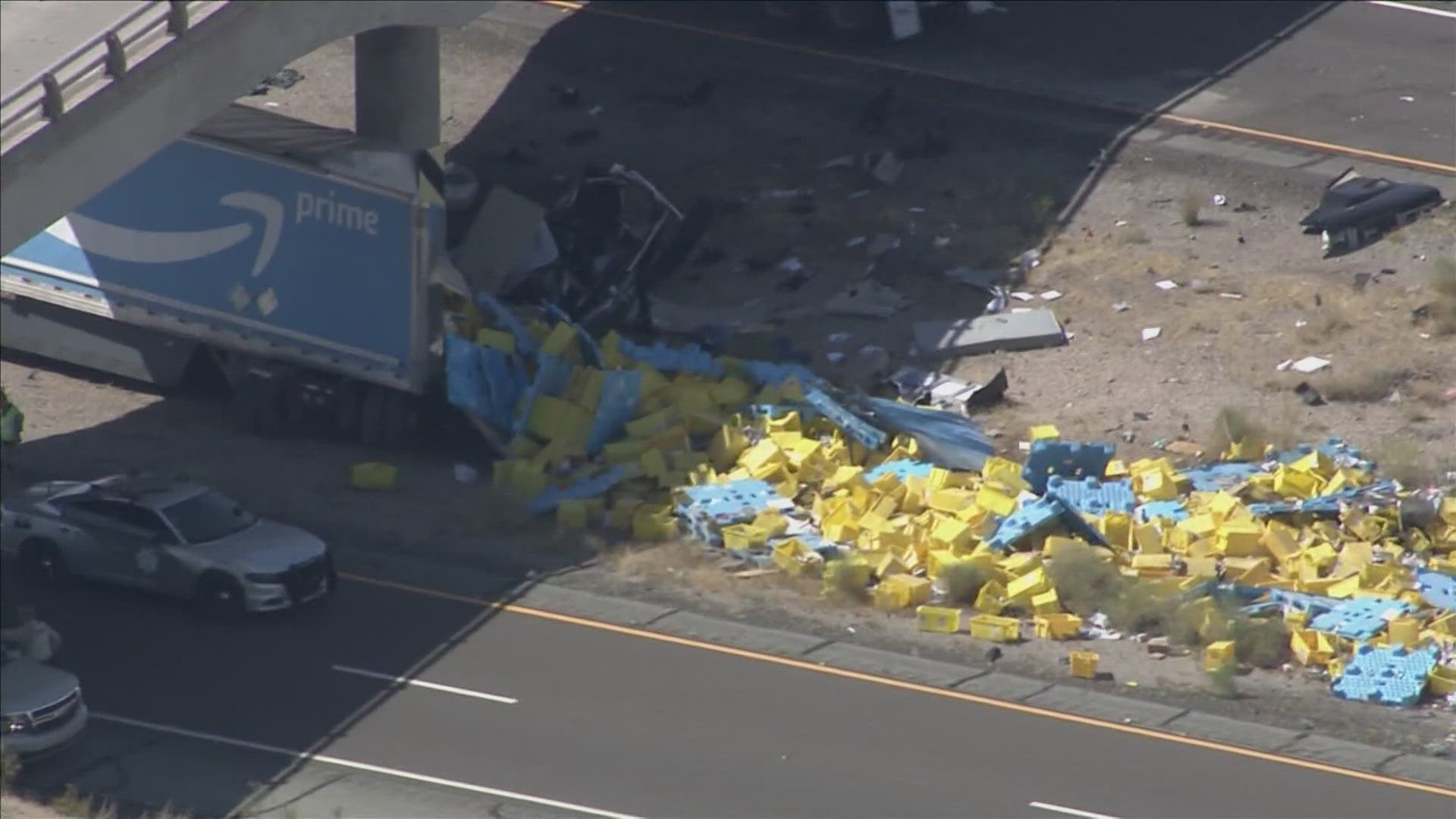Nearly half of American households rely on gas appliances for heating, according to the U.S. Census Bureau. Around 61 million water heaters, 58 million furnaces and 20 million dryers are powered by piped natural gas, statistics show.
With studies recently showing gas stoves produce hazardous emissions and have contributed to childhood asthma, several VERIFY viewers asked us if the same is true for their other gas appliances.
THE QUESTION
Do gas appliance emissions have similar health risks as gas stoves?
THE SOURCES
- Kelly Johnson-Arbor, M.D., the medical director at the National Capital Poison Center
- Study from the Harvard T.H. Chan School of Public Health
- National Fuel Gas Code
- Building codes in Oregon, Minnesota, New Mexico and Montana
- Nick Gromicko, a spokesperson for the International Association of Certified Home Inspectors
THE ANSWER
Gas appliances, like furnaces and water heaters, do produce toxic emissions just like gas stoves do. But the key difference between gas stoves and gas appliances is ventilation. The risk of exposure is lower because building codes require gas furnaces to be ventilated outside and gas stoves do not.
WHAT WE FOUND
Anything that burns gas is going to generate carbon monoxide and other dangerous byproducts of combustion, according to Kelly Johnson-Arbor, M.D., the medical director at the National Capital Poison Center.
“At Poison Control, every year, we get calls from individuals who have been poisoned by carbon monoxide, for example, from gas-powered dryers, gas generators, gas furnaces, all of the above,” Johnson-Arbor said. “If it does not run on electricity, if it runs on any fossil fuel, including gasoline, propane, kerosene, oil, anything like that, it is going to generate toxic byproducts.”
Studies have shown that in homes where gas appliances are used, those appliances do produce hazardous air pollutants that may impact health and air quality. For example, a study led by a visiting scientist with the Harvard T.H. Chan School of Public Health, found at least 21 hazardous air pollutants across 200 homes in Boston that have natural gas appliances, whether they be gas stoves or furnaces.
The key distinction between gas stoves and other appliances is open flame and ventilation.
Gas stoves have an open flame on the cooktop, whereas in a furnace, natural gas is enclosed as it burns.
With gas stoves and the open flame, many building codes don’t require fumes to be carried outdoors via an exhaust fan or range hood. Some kitchens may have these features, but many don’t, and people with fans or hoods may not use them consistently when cooking.
As for gas-powered furnaces or water heaters, it’s standard practice across the U.S. for building codes to require furnace byproducts to be vented outdoors.
The National Fuel Gas Code provides guidelines on how gas appliances should be constructed, installed and ventilated. The code states the standard for gas appliances like home furnaces is to require proper ventilation to the outdoors.
Nick Gromicko, a spokesperson for the International Association of Certified Home Inspectors, told VERIFY building codes are mostly uniform and adopted locally, not federally.
For example, Oregon’s residential building code requires all gas powered appliances to be vented outside the unit/home.
The same can be said for other states like Minnesota, New Mexico and Montana.
But just because the regulations are in place, that doesn’t mean the risk is zero.
Gromicko warned of carbon monoxide poisoning if gas appliances break or are not installed properly.
“If not installed properly … the exhaust would backdraft into the home and put the occupants asleep, permanently,” he told VERIFY.
Johnson-Arbor told VERIFY she recommends annual inspections on all appliances to make sure there are no cracks or leaks. She also said people should install carbon monoxide detectors in their homes and those carbon monoxide detectors should not be in the same room where gas appliances are located. That’s because it could pick up trace amounts of carbon monoxide and not provide a true reading.
If there is a carbon monoxide leak, these are the symptoms you should be look out for:
- Headache
- Weakness
- Dizziness
- Nausea or vomiting
- Shortness of breath
- Confusion
- Blurred vision
- Drowsiness
- Loss of muscle control
- Loss of consciousness
- Memory loss
- Personality changes
- Movement problems
For possible carbon monoxide poisoning, get into fresh air and seek medical care right away, the Mayo Clinic advises.



